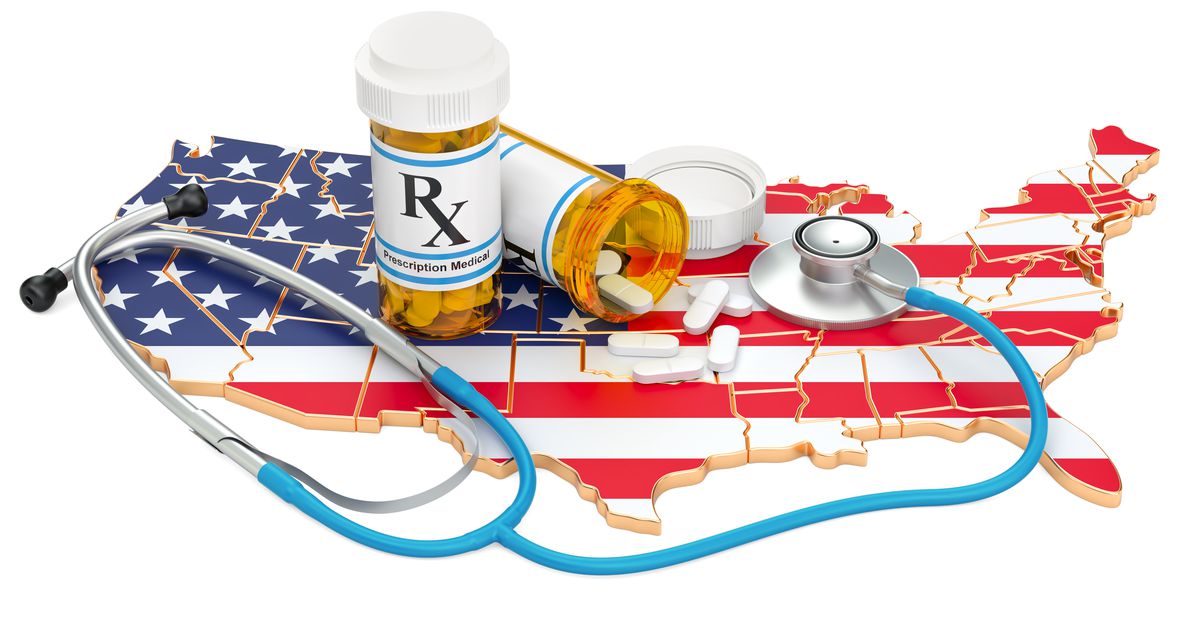Ten states have uninsured rates below 5 percent. What are they doing right?
Universal health care remains an unrealized dream for the United States. But in some parts of the country, the dream has drawn closer to a reality in the 13 years since the Affordable Care Act passed.
Overall, the number of uninsured Americans has fallen from 46.5 million in 2010, the year President Barack Obama signed his signature health care law, to about 26 million today. The US health system still has plenty of flaws — beyond the 8 percent of the population who are uninsured, far higher than in peer countries, many of the people who technically have health insurance still find it difficult to cover their share of their medical bills. Nevertheless, more people enjoy some financial protection against health care expenses than in any previous period in US history.
“Everybody has health insurance” is not universal health care. I have health insurance and thousands of dollars of medical debt. And it’s good insurance.
I was about to say, OP is either pushing something or a moron.
I’m sorry to hear about your situation. This article focuses more on efforts to reduce the number of uninsured people and is aware of what you’re saying about costs:
…many of the people who technically have health insurance still find it difficult to cover their share of their medical bills. Nevertheless, more people enjoy some financial protection against health care expenses than in any previous period in US history.
That’s great and I’m glad to hear it. It still isn’t universal healthcare by any means. Universal healthcare means removing profit motive from the system.
Yeah the article seems to draw the definition from this:
The United States is the only wealthy industrialized nation without universal health coverage, a crucial component to ensuring quality health care for all without financial burden that causes delay or avoidance of necessary medical care.
You are wrong. “Universal health care” has nothing to do with removing profit motive. It just means everyone has access to health care, be that through public or private (ie profit-driven) insurance.
I think you’re meaning to say “single payer” health care, which is where the government spends a portion of tax revenue to pay for health care for everyone.
More fun to mention 11 “states” at a 5.1% uninsured cutoff, because number 11 is Peurto Rico – a US territory that you might expect to be less developed. Since people are forced to run javascript to see the list, I’ll copy it here up to the 6% point:
- Massachusetts
- District of Columbia
- Hawaii
- Vermont
- Iowa (what’s a red state doing here?)
- Rhode Island
- Minnesota
- New Hampshire
- Michigan
- New York
- Puerto Rico
- Connecticut
- Pennsylvania
- Wisconsin
- Kentucky (what’s a red state doing here?)
- Delaware
- Ohio (what’s a red state doing here? OH will worsen over time; to be fair they only recently became solidly red)
- West Virginia
…
(22) California (6.5%… worse than we might expect for CA)
…(52) Texas ← ha! Of course Texass is last. 16.6% uninsured in the most notable red state showing us how to take care of people
The general pattern is expected… the bottom of the list is mostly red states.
It’s almost like Democrats tend to work to get Healthcare for people, and Republicans tend not to. Weird, I was told all political parties are the same.
I’ll also point out Iowa and Ohio are more purplish states, both voted for Obama twice. Ohio still has a democratic senator.
Kentucky also has a democratic governor that ran on expanding Medicaid access.
Yeah Massachusetts hardly surprises. They’ve had a fantastic healthcare program in effect for over a decade. Crazy what you can accomplish when you mass millions of people under a non-profit public entity payer…
Glad the number has dropped a lot since then. Hopefully it can continue.






